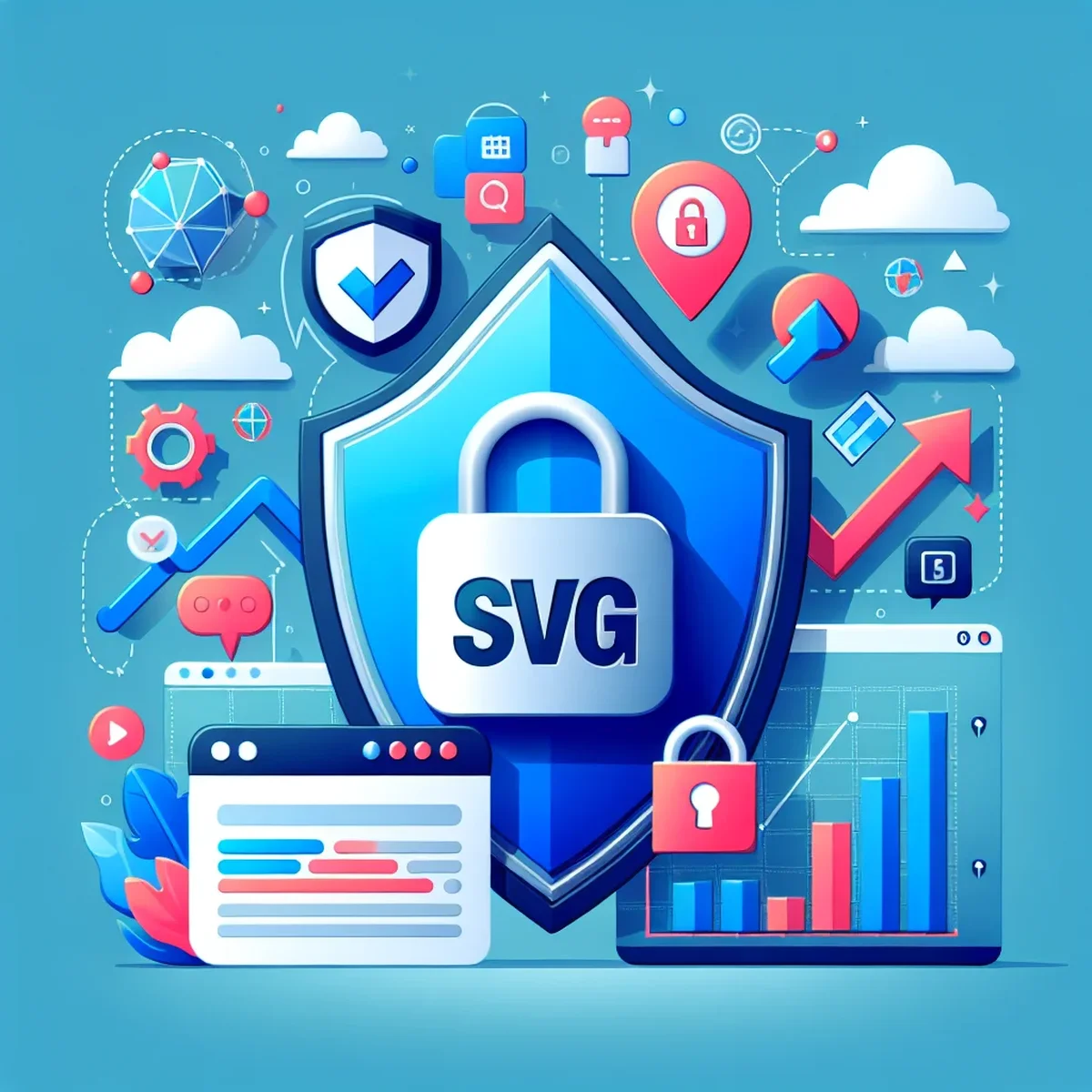Enhancing Security While Uploading SVGs in WordPress

Handling SVG (Scalable Vector Graphics) file uploads in WordPress can be a double-edged sword. While SVGs offer scalability and flexibility in design, they also pose potential security risks if not managed correctly. This guide will walk you through the best practices for securely uploading SVG files to your WordPress site, helping you maintain both functionality and security.
Understanding SVG Upload Risks
SVG files are XML-based vector images that can be used dynamically and interactively with CSS and JavaScript. This flexibility also means that SVG files can contain potentially harmful code. The risks associated with SVG uploads include:
- Cross-Site Scripting (XSS): Malicious scripts embedded in SVG files can execute when loaded in a user’s browser.
- XML External Entity (XXE) Attacks: Poorly configured XML processors can be exploited to execute unauthorized commands or access files.
Recognizing these risks is the first step in creating a secure environment for SVG uploads.
Implementing SVG Sanitization
To safely allow SVG uploads, sanitization is crucial. This process removes any malicious code from the SVG files before they are uploaded to the server. Here are a few methods to implement SVG sanitization:
- Use Dedicated Plugins: Plugins like 'Safe SVG' provide a layer of security by sanitizing the SVGs upon upload.
- Server-Side Sanitization: Configure server-side scripts that automatically clean up SVG files before saving them to your media library.
Restricting User Permissions
Limiting who can upload SVG files is another effective security measure. By restricting this ability to trusted users, you reduce the risk of malicious uploads. Here’s how to manage user permissions:
- User Roles: Only allow users with administrator or editor roles to handle SVG uploads.
- File Upload Permissions: Use WordPress capabilities and role management plugins to control who can upload files.
Regular Security Audits and Updates
Keeping your WordPress environment secure requires regular maintenance. Schedule periodic security audits to ensure that:
- Plugins and Themes are Up-to-date: Outdated themes and plugins can introduce vulnerabilities.
- File Permissions are Correct: Incorrect file permissions can be exploited by attackers.
Educating Users on Secure Practices
Education plays a critical role in maintaining security. Inform your users about the risks associated with file uploads and teach them how to recognize safe practices. Regular training sessions can help foster a security-aware culture.
Conclusion
While SVG files bring many benefits to a WordPress site, they also require careful handling to ensure security. By implementing strict sanitization processes, restricting user permissions, conducting regular security audits, and educating your users, you can safely enjoy the advantages of SVGs without compromising your site’s security.
By following these guidelines, digital marketing agencies and business owners can significantly mitigate the risks associated with SVG file uploads in WordPress. Remember, security is not just about technology but also about processes and people.
FAQ
- Why is SVG file security important in WordPress?
- SVG files can contain malicious code. Ensuring their security helps protect your website from potential vulnerabilities and cyber attacks.
- How can I allow SVG uploads safely in WordPress?
- Implementing plugins that sanitize SVG files, using security checks, and restricting file uploads to trusted users are effective strategies.
- What are the best practices for managing SVG files on my website?
- Regularly update your security measures, monitor uploaded files, and educate your users about safe file upload practices.